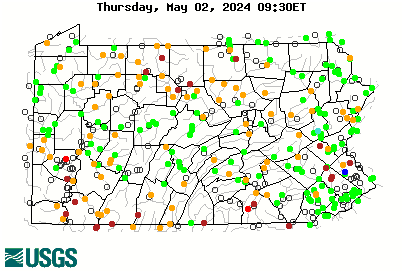Well, we'll find out what the ramifications are when the madtom disappears. This is a crazy world we live in.sometimes as an angler I think I am guilty of forgetting the relative proportion of non-sport fish components of the aquatic ecosystem. The study indicated the native stone cats were one of the main prey items so it would make sense if they did not evolve with invasive flatheads it would make sense they might be more vulnerable than the allegheny introduced transplants you mentioned. Same may go for native fall fish, white suckers, northern hog suckers, log perch ect. This is why growth plasticity can peak because when the native forage get unsustainably burned though eventually the food source diminishes as you lose density or presence of native species. Then you get blue cats in the James river, 75% of the biomass all 20 inches long. Flatheads likely will experience the same phenomena at some point if they are burning through stone cat’s unsustainably. Then the question is what else depends on stone cats for anything from food, symbiosis, or taking partial forage pressure off another species.
We all imitate stonecats for nonnative smallmouth so for stone cats you can see the nonnative fish introductions start to compound from a predator standpoint. Question is for me who else depends on these stone cats and what happens to the food web if we lose em.
I'm very interested to see how the python situation shakes out.




